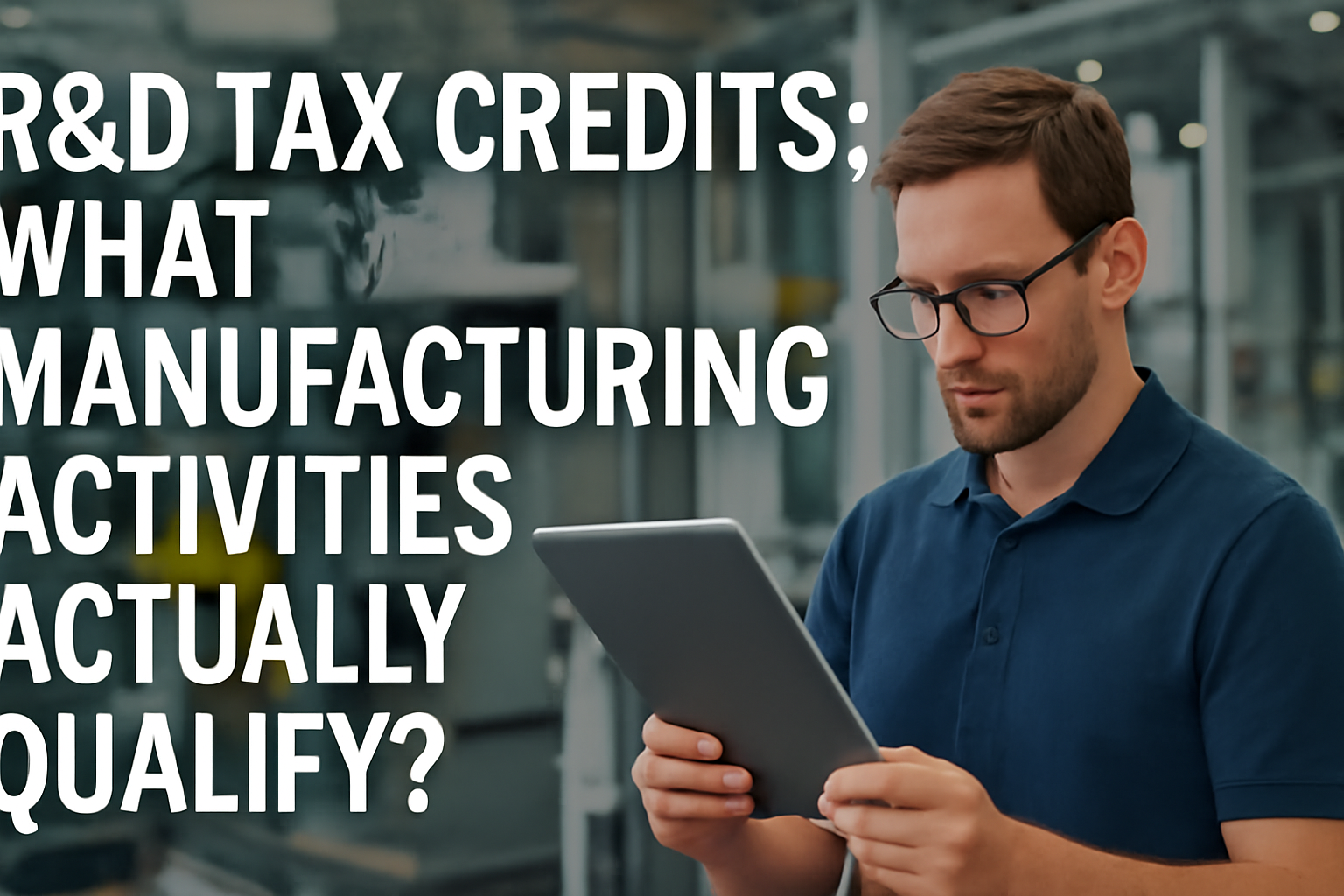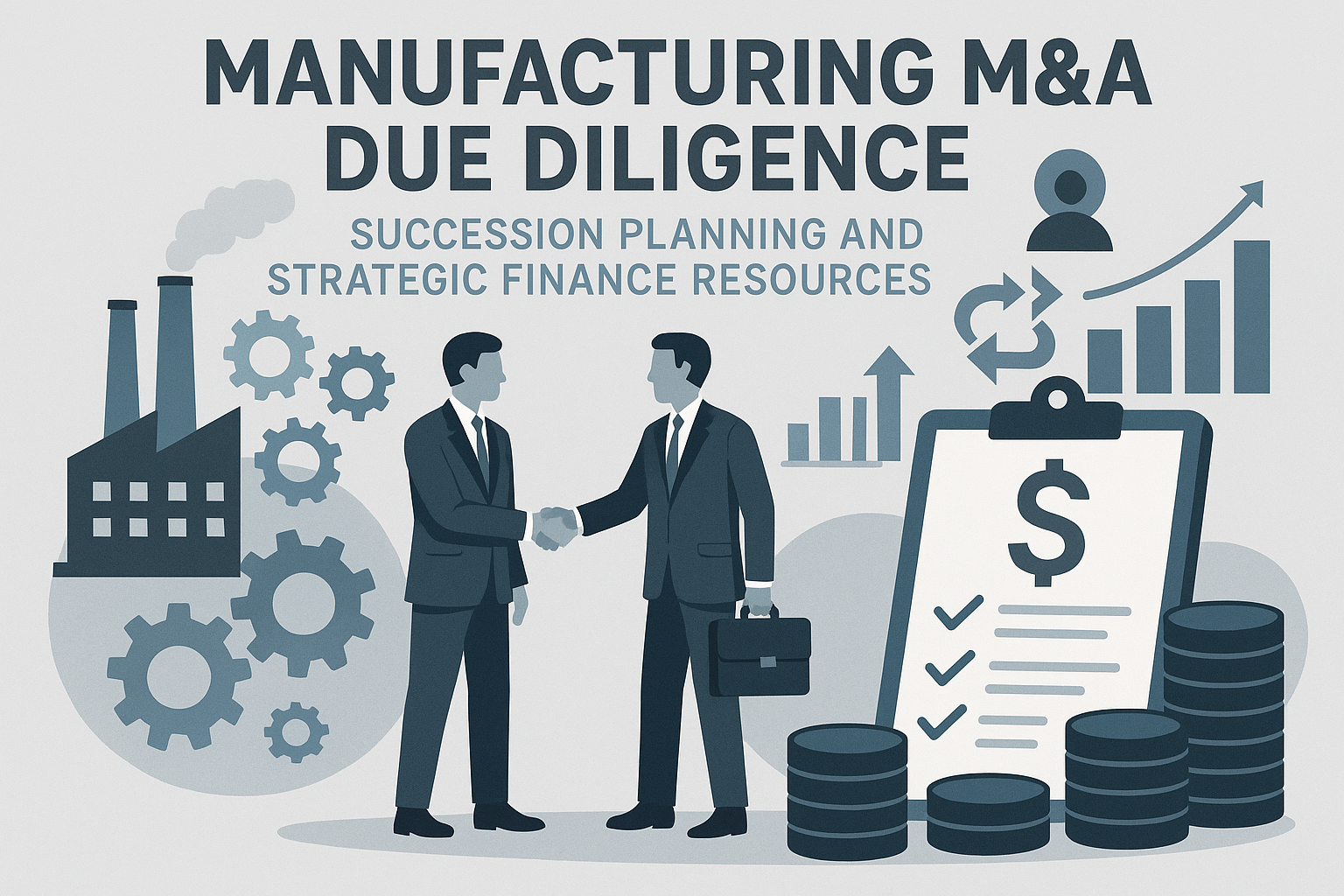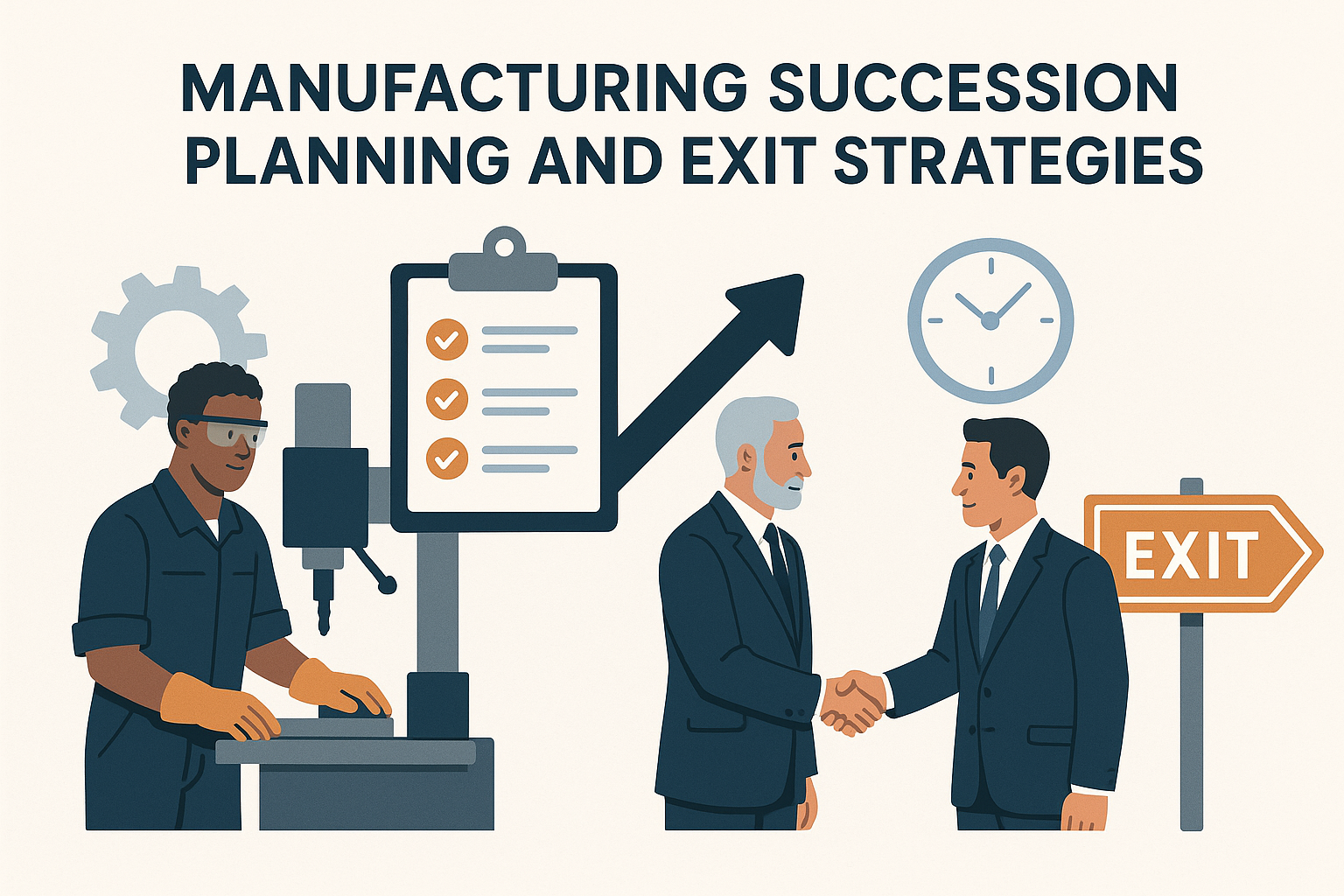
R&D Tax Credits: What Manufacturing Activities Actually Qualify?

Sarah Johnson
R&D Tax Credit Specialist
Research and Development (R&D) tax credits represent one of the most valuable yet underutilized tax incentives available to manufacturers. Many manufacturing companies engage in activities that qualify for these credits without realizing it, leaving significant tax savings unclaimed.
Understanding the R&D Tax Credit
The federal R&D tax credit provides a dollar-for-dollar reduction in tax liability for companies that develop or improve products, processes, software, techniques, formulas, or inventions. For manufacturers, this can translate to a credit of up to 10% of qualifying R&D expenditures.
Qualifying Manufacturing Activities
Many routine manufacturing activities can qualify for R&D tax credits if they involve experimentation to improve products or processes. Examples include:
Product Development and Improvement
- Developing new products or improving existing ones
- Creating prototypes and first articles
- Testing new materials or components
- Designing and developing product alternatives
- Developing new or improved packaging
Process Improvements
- Improving manufacturing processes to increase efficiency
- Developing fixtures, molds, or tooling
- Automating or mechanizing manual processes
- Implementing lean manufacturing techniques
- Developing quality improvement processes
Environmental and Safety Improvements
- Developing processes to reduce waste or emissions
- Creating more environmentally friendly products
- Improving worker safety through process or equipment modifications
- Developing energy-efficient manufacturing methods
Qualifying Expenses
Manufacturers can claim R&D tax credits for various expenses related to qualifying activities:
- Wages for employees directly engaged in R&D activities or supervising/supporting R&D
- Supplies used in the R&D process, including prototype materials
- Contract research expenses (65% of amounts paid to outside contractors)
- Cloud computing costs related to development activities
Documentation Requirements
Proper documentation is crucial for supporting R&D tax credit claims. Manufacturers should maintain:
- Project Records: Documentation of projects, including objectives, activities, and results
- Time Tracking: Records of employee time spent on qualifying activities
- Technical Documentation: Design documents, test results, engineering change orders, etc.
- Financial Records: Documentation of expenses related to R&D activities
- Meeting Notes: Records of design reviews, problem-solving sessions, etc.
Case Study: CNC Machining Company
A medium-sized CNC machining company had never claimed R&D tax credits, believing their activities didn't qualify. After a comprehensive review, we identified numerous qualifying activities, including developing custom fixtures, programming for complex parts, and process improvements. The company was able to claim $280,000 in federal and state R&D tax credits for the current year and amend returns for the three prior years, resulting in total tax savings of over $1 million.
Common Misconceptions
Many manufacturers miss out on R&D tax credits due to misconceptions:
-
Myth: R&D credits are only for companies with formal R&D departments.
Reality: Many routine manufacturing improvement activities qualify. -
Myth: Activities must be revolutionary or groundbreaking.
Reality: Incremental improvements to existing products or processes can qualify. -
Myth: Projects must be successful to qualify.
Reality: The process of experimentation qualifies, regardless of outcome. -
Myth: Small manufacturers can't benefit.
Reality: Special provisions make the credit particularly valuable for smaller businesses.
Conclusion
R&D tax credits represent a significant opportunity for manufacturers to reduce tax liability and improve cash flow. By understanding which activities qualify and implementing proper documentation procedures, manufacturers can transform routine innovation activities into valuable tax savings. Contact Schapira CPA for a comprehensive R&D tax credit assessment.


